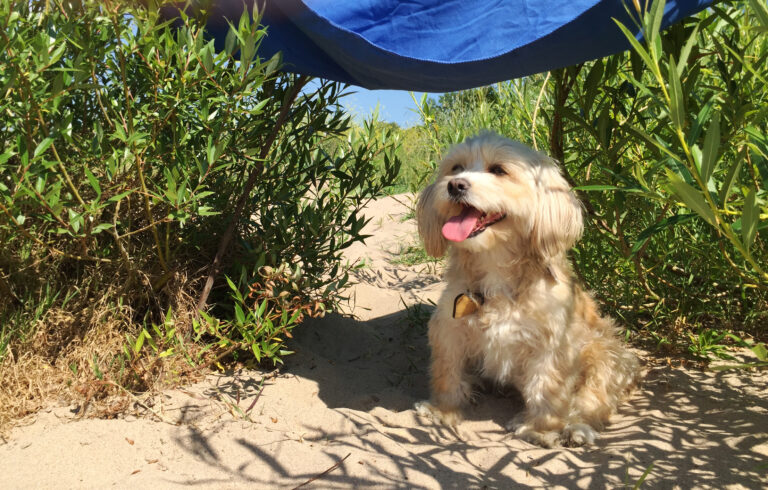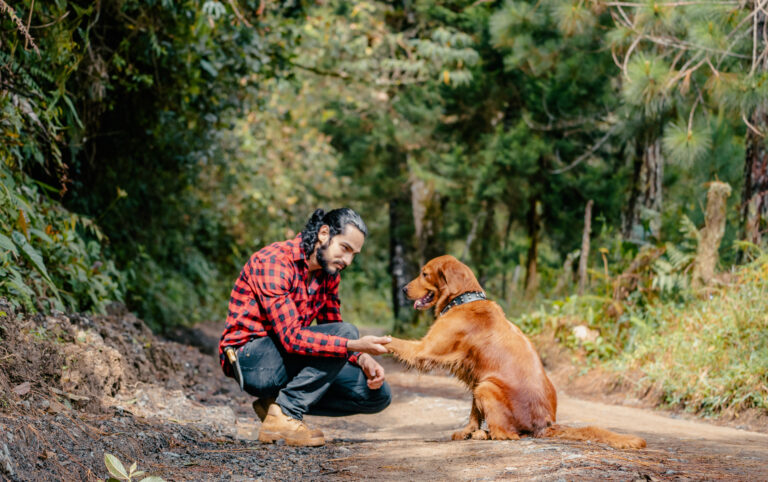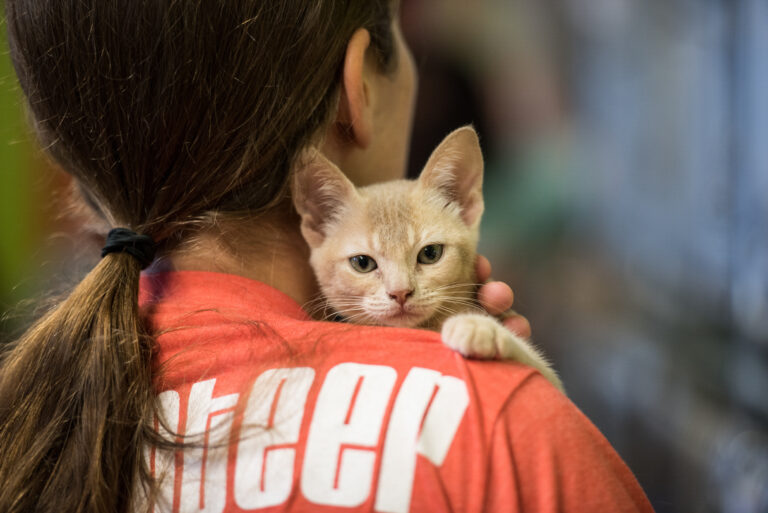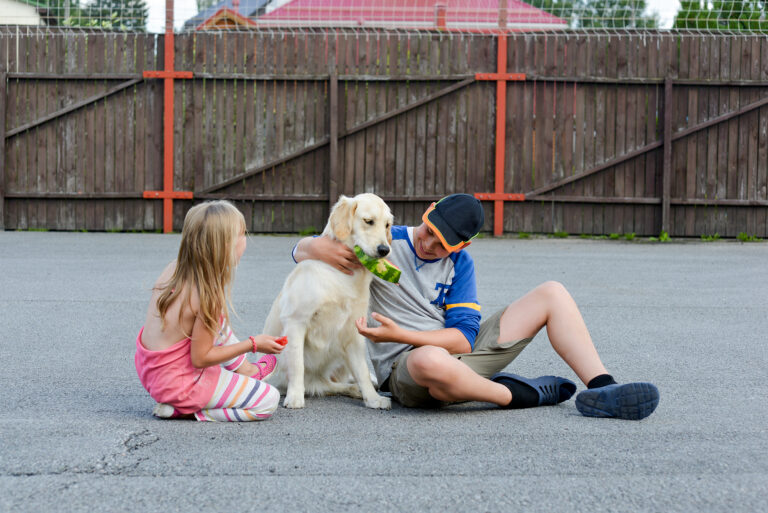Twice a year, daylight saving time (DST) causes the clocks to spring forward or fall back by an hour. While humans may take a few days to adjust to the change, dogs rely on consistency and routine, so even a small shift in time can affect their daily rhythm. Dogs don’t understand clocks—they respond to sunlight, mealtime, walks, and your habits. Therefore, abrupt changes can lead to confusion, stress, or even behavioral disruptions.
Fortunately, there are simple strategies to help your dog adjust smoothly to daylight saving time. By gradually preparing and making slight modifications, you can ease the transition without causing unnecessary stress.
Table of Contents
How Daylight Saving Time Affects Dogs
Dogs thrive on routine. Their internal clock, known as the circadian rhythm, regulates important functions like sleep, hunger, and bathroom habits. When daylight saving time alters your schedule by an hour, it can throw off your dog’s internal clock in the following ways:
- Mealtime Confusion: If breakfast or dinner is delayed or served earlier, it may leave your dog feeling hungry or unsettled.
- Sleep Disruption: Dogs may feel drowsy at unusual times or be restless during their usual bedtime.
- Bathroom Schedule Changes: Walks and potty breaks happening earlier or later than expected may lead to accidents or discomfort.
- Behavioral Shifts: Some dogs become anxious or hyperactive when their routine is disturbed.
Even though the time shift is minor, it can cause noticeable changes, particularly for dogs who are sensitive or have strict schedules.
Tips to Help Your Dog Adjust Smoothly
1. Gradually Shift the Routine
Instead of abruptly changing feeding and walk times by a full hour, ease your dog into the new schedule over several days. Start adjusting their routine 4-5 days before daylight saving time by moving key activities (like meals, walks, and bedtime) by 10-15 minutes each day. This gentle shift helps their internal clock adapt gradually, reducing confusion.
2. Keep Mealtimes Consistent After Adjustment
Once daylight saving time has officially started, it’s important to maintain a consistent mealtime schedule. After you’ve fully adjusted the routine by an hour, stick with the new time. Dogs find comfort in predictability, and maintaining a fixed schedule helps them feel secure.
3. Prioritize Morning Walks and Sunlight
Daylight saving time means the sun rises later in the morning. To help your dog’s circadian rhythm adjust, try to expose them to natural light early in the day. Morning walks are beneficial not only for exercise but also for helping your dog recalibrate their internal clock in sync with the daylight.
If you can’t take your dog outside immediately, consider opening curtains to let in natural light during breakfast or playtime.
4. Add Extra Playtime to Reduce Stress
Dogs may show signs of anxiety or restlessness during the adjustment period. Providing extra playtime, enrichment activities, or short training sessions during the day can help burn off nervous energy and keep them mentally stimulated.
Interactive toys, puzzle feeders, or short games of fetch indoors are effective ways to maintain routine and reduce stress without overwhelming them.
5. Monitor Bathroom Breaks
If your dog is used to going outside at specific times, they may initially have accidents or seem uncomfortable when their potty schedule changes. Offer more frequent bathroom breaks during the first few days after the time change to allow them time to adjust and avoid unnecessary accidents.
How to Help Dogs Sensitive to Routine Changes
Some dogs are particularly sensitive to disruptions in routine—especially:
- Puppies
- Senior dogs
- Dogs with anxiety
- Dogs with medical conditions requiring medication at specific times
For these dogs, a more gradual approach is even more critical. In addition to the tips above:
- Keep other routines stable. Avoid introducing new activities, visitors, or changes in the home during the transition period.
- Offer reassurance. Calm praise, physical affection, and maintaining calm energy help reinforce feelings of safety.
- Use calming aids if needed. Some owners use natural calming sprays, supplements, or soft background music to ease anxiety.
How Long Will It Take Your Dog to Adjust?
Most dogs adjust to the new schedule within a few days to a week, especially if changes are introduced gradually. Keeping the routine as consistent as possible post-adjustment and offering extra patience will help your dog feel secure during the transition.
In Conclusion

Daylight saving time may be a minor shift for humans, but for dogs who depend on routine, it can feel like a significant change. The key to a smooth transition is gradual adjustments, consistency, and maintaining a calm, structured environment. By shifting feeding, walking, and sleep times slowly and providing plenty of light, play, and reassurance, you’ll help your dog handle the time change with minimal stress.
With thoughtful preparation, your furry friend will quickly adapt to the new schedule and continue thriving through the longer days of spring and summer.







